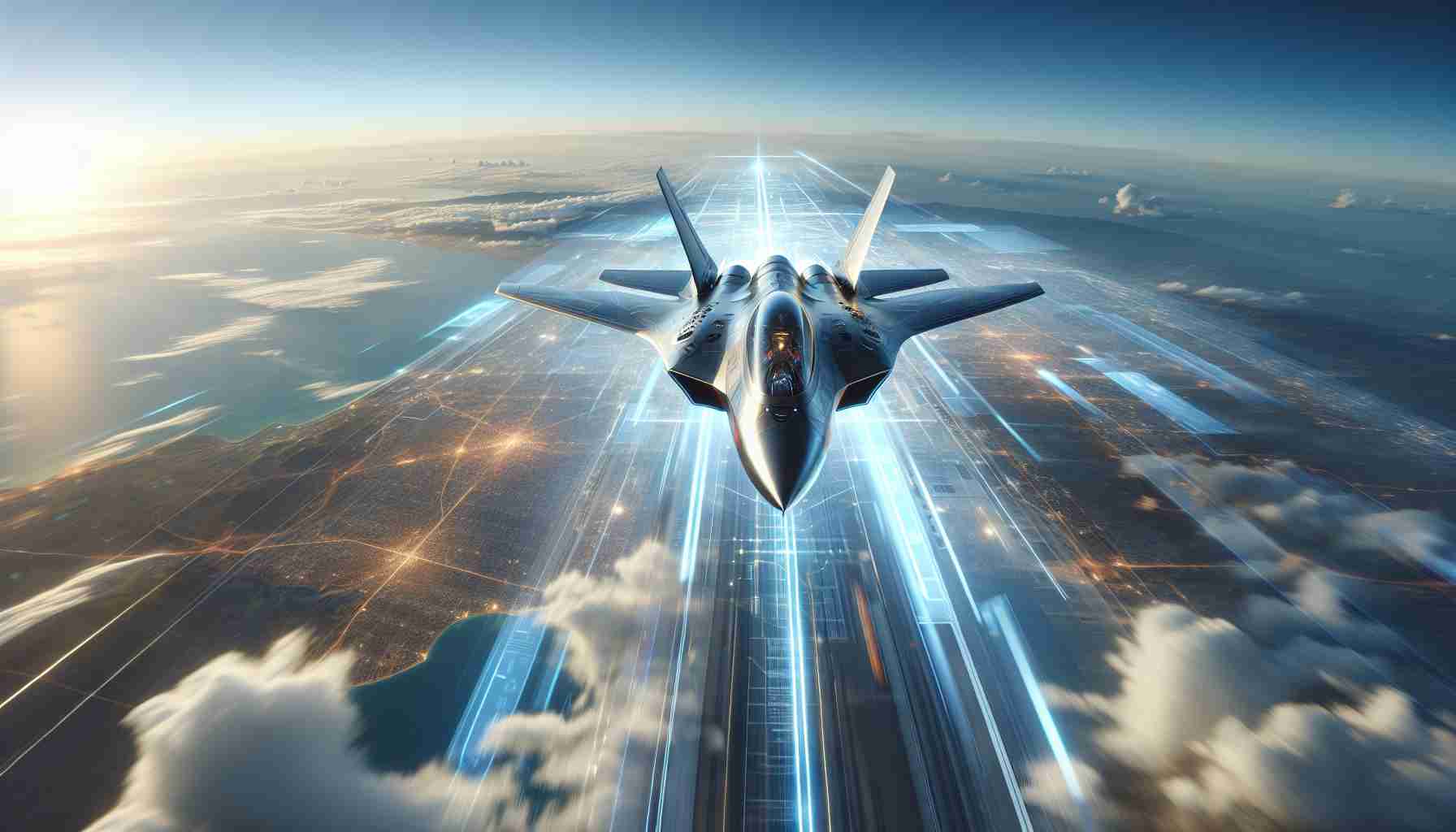At China’s Zhuhai Airshow, the future of aerial warfare stole the spotlight. The Russian Su-57, a fifth-generation fighter jet, captured the interest of multiple nations, eager to secure preliminary procurement contracts. This aircraft is known for its cutting-edge technology and impressive performance.
During the 14th Airshow China 2024, attendees had the rare opportunity to explore the advanced interior of the Su-57, designed to optimize the pilot’s control over the aircraft. The cockpit, although not luxurious, features a large multi-functional display and additional smaller screens, allowing pilots to manage complex missions with ease. The classic control column and a sunshade for protection against glare are essential components of its design.
Two Su-57 units were sent to the airshow. One arrived fully operational, showcasing jaw-dropping aerial maneuvers that highlighted its superior capabilities. Test pilot Sergey Bogdan astounded audiences by performing the “Bell” maneuver, a critical tactic in air combat to evade radar-guided missiles. The other Su-57 unit arrived in parts, serving as an exhibit to allow visitors a closer look at its advanced components.
As several countries express keen interest in this aircraft, the Su-57 stands poised to become a leading choice in global air defense strategies. Its debut at the Zhuhai Airshow marks a significant step in international military cooperation, accentuating the jet’s role in modern warfare.
A Glimpse into the Future: How Advanced Fighter Jets are Reshaping Global Defense
The Dawn of a New Era in Aerial Combat
The Zhuhai Airshow, held in China, marked a pivotal moment in the field of aerial warfare, signaling a transformation in global defense strategies. While the Russian Su-57 took center stage with its impressive technology and performance, the event also highlighted the intricate relationship between advanced fighter jets and emerging technologies.
Futuristic Technologies Onboard the Su-57
Beyond the usual fanfare of aerial demonstrations, the Su-57 introduces several cutting-edge technologies that push the boundaries of fighter jet capabilities. Not discussed at length during its debut are its advanced stealth features, which dramatically reduce its radar cross-section, making enemy detection a formidable challenge. The Su-57 integrates an advanced avionics suite that enhances its situational awareness, potentially bridging the gap between traditional air combat and drone warfare.
Does the Su-57 Pose a Controversy?
The inclusion of top-tier technology naturally invites scrutiny. The Su-57’s prowess brings the defense industry’s ethical dilemmas into focus, particularly concerning the proliferation of sophisticated weapons systems. With nations vying for dominance in air superiority, does the competition for technological advancement inadvertently increase the risk of military conflicts? While some view such developments as catalysts for peace through deterrence, others see them as precursors to an arms race.
Advantages: Pushing the Boundaries of Innovation
The most profound advantage of the Su-57 lies in its potential to act as a catalyst for innovation across sectors. Its stealth technology and aerodynamics are pushing aerospace engineering toward new materials and concepts, potentially benefiting civilian sectors such as space exploration and commercial aviation. Moreover, advancements in pilot interface design, like those seen in the Su-57’s cockpit, maintain a direct applicability to future autonomous vehicles and air traffic control systems.
Disadvantages: A Double-Edged Sword
However, this technological leap isn’t without drawbacks. High production costs and the complexity of manufacturing such advanced systems put a significant strain on defense budgets. The agile nature of fifth-generation fighter jets like the Su-57 also requires highly skilled pilots and ground crews, posing challenges in training and personnel development. There’s also an inherent risk of technology falling into the wrong hands, which poses threats not only to military security but also to geopolitical stability.
Turning Questions into Opportunities
Could the advancements in military technology benefit civilian industries? Absolutely. The development of such technologies often leads to collateral innovations that find applications in non-military fields. For instance, stealth technology might lead to more efficient and quieter commercial airlines, while cutting-edge materials could improve everything from car designs to wearable tech.
Related Links for Further Reading:
– Global Times
– U.S. Department of Defense
The Zhuhai Airshow underscores a significant evolution in military strategies and global defense dynamics. While the immediate focus remains on the battlefield, the long-term impact of integrating advanced technology into fighter jets could herald meaningful changes in diverse sectors, presenting a balanced view of progress that echoes beyond military ambitions.







